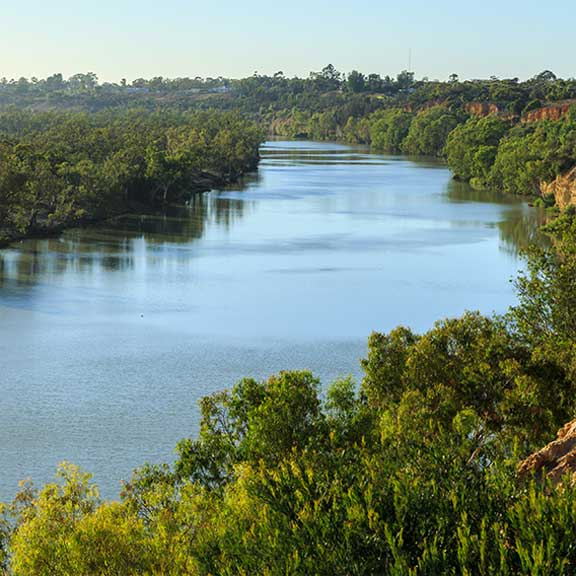Traversing the Americas by motorcycles on the backroads
Approximately 40,000 km from Seattle, Washington, USA to Buenos Aires, Argentina. We rode less than 500 km on any major freeways or highways, and over 20,000 km on dirt, gravel, sand or mud.

These are my travel and adventure musings as I contemplate what the future will bring.
I finished the longest river in the country, the Murray River from the source to sea in January 2021 (2,500 km). This was done directly after paddling the main sections of the Murrumbidgee River (1,200 km) along with the lower Tumut River and part of the Murray River, a combined paddle of 4,000 km over two months. I redirected my attention to the Darling River.
In March 2020, a good rainfall event allowed me to paddle the upper Condamine River and remote Culgoa River before COVID rudely interrupted my trip down the river at Bourke. Following another substantial rainfall in 2021, I successfully completed the unfinished sections on the Condamine and Balonne Rivers (900 km). I then proceeded to the Darling River, starting at Walgett. I completed the remaining sections of the Murray-Darling river system, including the entire Darling River (1,600 km) and the lower Murray River (800 km) successfully achieving the source-to-sea navigation of the country's longest continuous river system.
COVID border restrictions ruined any plans to make use of the great spring river flows. However, once the restrictions were lifted, I managed to paddle the Lachlan, Darling (once again), and the Great Darling Anabranch over the summer.
Both the Lachlan and Darling Anabranch were journeys into the unknown. Everyone that had tried the Lachlan had aborted their trips due to difficulties a long way before reaching the Great Cumbungi Swamp, and the Anabranch has only flowed 14 times in its natural ephemeral state since 1890. I am likely to be the first person to have successfully navigated the Lachlan since it was first surveyed back in 1876. Additionally, I might be one of the first people to paddle the Great Darling Anabranch since the removal of most dams in the late 2000s.
In the winter of 2022, I managed to complete a continous source-to-sea navigation of the Darling River System. This time I paddled the smaller, but significantly more challenging and longer, Bokhara River and explored dozens of creeks and anabranches along the way including the remote Talyawalka Creek. Both the Bokhara River and Talyawalka Creek were likely first descents.
Following a prolonged break with only a couple of weeks of paddling on the Macquarie River, I spent six months paddling in the Murray-Darling basin. I started by paddling down the Macintyre River from Goondiwindi all the way down to the ocean that involved also paddling the Barwon River as well as repeating the Darling and lower Murray. On completion of this massive paddle, I repeated the Murray twice (once from Khancoban and once from Albury) and the lower Murrumbidgee from Jugiong, along with a side-trip to paddle the Goulburn River from Jamieson (top of Lake Eildon).
For friends and family, I have also updated and reposted our older travel blogs from SE Asia (2006) through to the Americas (2010/11).
Macintyre, Barwon, Darling and lower Murray (3,400 km)
Paddling from Goondiwindi down to the Murray Mouth.
The completed trip was approximately 1,000 km longer then the River Murray and combines 286 km of the Macintyre, 730 km on the Barwon, 1,547 km on the Darling, and 832 km on the lower Murray.
The ancestral path of the Darling River.
Paddling both up and down the river that hadn't flowed since 2017.
Paddling into the great unknown.
Three perfect weeks of paddling down to and through the Great Cumbungi Swamp.
Magical paddle riding the flood to Menindee.
Decent flow in the lower section to Wentworth. Repeated in 2022.
Mt Kosciuszko to the Murray River source to the Southern Ocean near Goolwa, SA
Nearly 250 km of hiking in Mt Kosciuszko National Park and 2,500 km of paddling on the country's longest river when all was done.
Unsure of what to expect from one of Australia's longest rivers.
Fast running waters of the Tumut River down to the mighty Murray River.
Will I find a desert or inland-sea?
Likely the most isolated sections of either the Murray or Darling river systems.
Miscellaneous kayaking trips
Approximately 40,000 km from Seattle, Washington, USA to Buenos Aires, Argentina. We rode less than 500 km on any major freeways or highways, and over 20,000 km on dirt, gravel, sand or mud.
Our first OE (overseas experience) through most of SE Asia over a three month window.
©2024 Alan Davison // Credit // Disclaimer